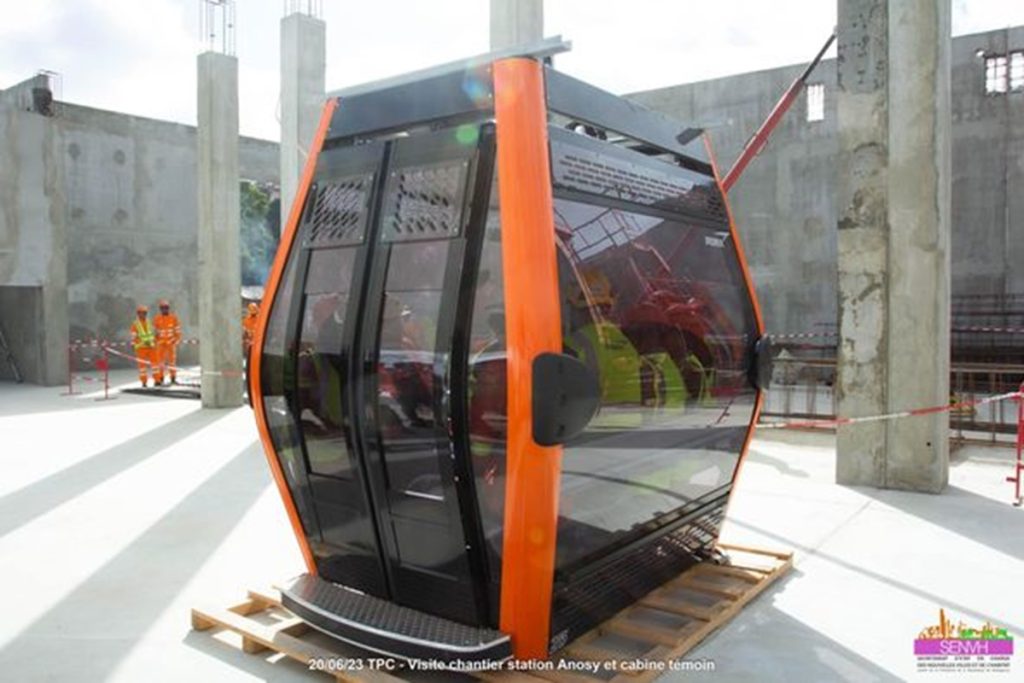Madagascar’s main city has a new form of public transportation. The inaugural cable cars journeyed across districts of Antananarivo with President Andriy Rajoelina, municipal authorities, and project builders on board.
With the capacity to transport as many as 75,000 travellers daily, the cable cars are intended to alleviate traffic in the capital of Madagascar, which currently accommodates a population of over 3 million.
“Remove 75,000 passengers every day, at bus level, remove 2,000 cars at Tana road level, it’s already a lot in terms of carbon savings and especially mobility,” said Gérard Andriamanohisoa, Secretary of State for New Towns and Housing at the Presidency.
The construction was funded by France with a loan of 152 million Euros. The distance the cars will cover is 12 kilometres while carrying passengers. Safety tests were carried out in June to evaluate the cars.

“We have a lot of sensors in the stations and on the line, to detect any problems before they occur, so we can stop the lift and make sure there’s no risk to passengers. We also have generators to ensure that, in the event of a power cut, we can continue to run the train,” said Guillaume Rannaz, a technical Manager at Poma, the project contractor.
The cost of nearly one Euro per ticket has made many Malagasy people feel that they can’t afford it. Additionally, the price is six times higher than that of a bus ticket. Some individuals in the capital are dissatisfied, stating that addressing power and water shortages should have been prioritised over building cable cars.
“We don’t have water, we don’t have electricity, and when we do have water, it’s just mud coming out of the tap, even though we’re still paying the bills! Why not solve these social problems first?,” asked Henry Razafimanantsoa, a resident of Antananarivo.
President Rajoelina has strongly stood by the project, even in the face of criticism that it adds to Madagascar’s debt to France, its former colonial master.
“We have to dare to transform and develop our country. It’s always the people who criticized who couldn’t do anything. Whether we should have done this project or not, I say yes. You know, there was a lot of criticism of the construction of the Eiffel Tower. But what is it now that attracts tourists to France? Isn’t it the Eiffel Tower?,” Rajoelina said.
The government announced that a subsidised fare is in the works for students and pensioners.
The general public will have to wait until 2025 for the cars to be put into circulation.


